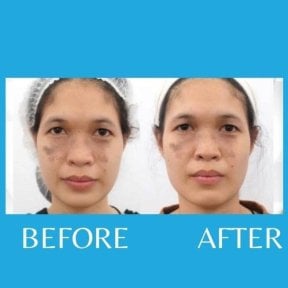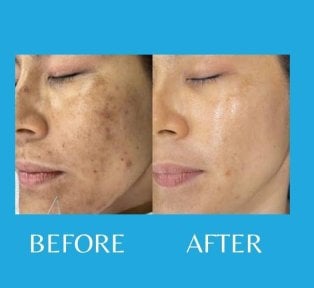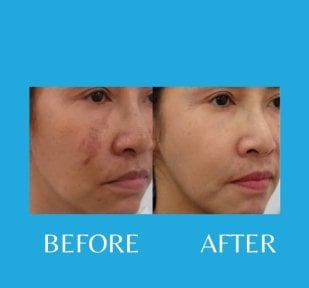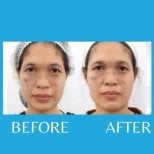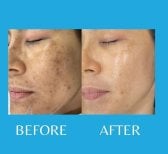The cost of Platelet-Rich Plasma (PRP) Therapy in Thailand typically ranges from $300 to $900. Prices vary depending on the clinic, the experience of the provider, the number of sessions, and whether advanced PRP systems or additional treatments (like microneedling) are included. In the United States, the average cost is $2,300 (per ASPS). PRP Therapy in Thailand is about 74% less than in the U.S.
Thai clinics usually include the consultation, blood draw, centrifugation, PRP preparation, and injection in the quoted price. Some packages may cover topical anesthesia and post-treatment follow-up. In the U.S., each session, anesthesia, and aftercare are often billed separately. Always confirm what’s included before booking your PRP Therapy session.



